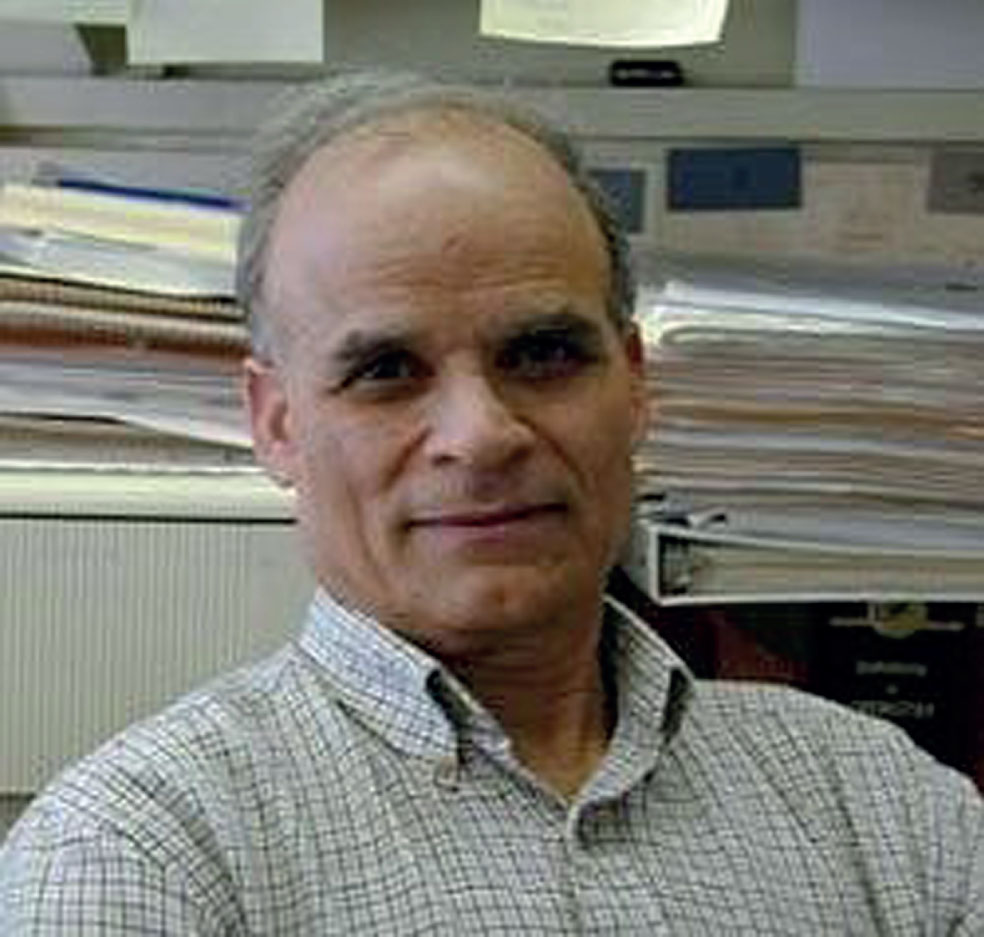In Memoriam: Harish Chandra Pant

Harish Chandra Pant, age 85, a resident of Lake Forest, IL, passed away on December 22, 2023, at his home. He was a native of Jakhera, a small village in Uttarakhand, India. Harish was a Neuroscientist for over 50 years at the Marine Biological Laboratory in Woods Hole, MA (MBL) and the National Institutes of Health in Bethesda, MD.
Harish has an extensive and powerful history that continuously reshaped our understanding of development, maturation, and degeneration of the nervous system.
When the biology of neurofilaments (the major intermediate filament species of neurons) was in its infancy, Harish demonstrated the critical role of phosphorylation in regulation of cytoskeletal protein dynamics including that of neurofilaments. Working in the squid giant axon, Harish and his collaborators at MBL were among the first to report that neurofilaments are phosphorylated within the axon. He later demonstrated that phosphorylation is topographically regulated within neurons such that under normal conditions, it is somehow restricted to axons but also occurs within perikaryal in various neurodegenerative conditions. This remained puzzling since all relevant kinases, phosphatases and proteases are present and active within both axons and perikarya. While most in the field side-stepped this problem by confining their studies to axonal dynamics, Harish tackled it head-on. He identified a neurofilament-associated kinase and demonstrated that the action of this kinase prevented proteolytic degradation of neurofilaments. In doing so, he connected two disparate lines of research and demonstrated that a balance between neuronal homeostasis and degeneration is critically dependent upon coordination of kinase and protease activities. He also demonstrated that the accessibility of phosphorylation sites to kinases and phosphatases, many of which lie adjacent to prolines, is critically regulated by the prolyl isomerase Pin1. This delicate balance between kinases, phosphatases, proteases, and the actions of Pin1 underlies the normal distribution of phosphorylated neurofilaments in neurons; imbalances among these are mainly responsible for the aberrant distributions that characterize so many neurodegenerative disorders.
His continued studies identified multiple additional kinases, most notably among them the unique cyclin-dependent-like kinase cdk5 and its regulatory peptide p35, which regulate neuronal development and maturation. He further demonstrated that various neuronal stressors and insults foster cleavage of p35, generating the constitutive cdk5 activator p25. He and others demonstrated that resultant cdk5 hyperactivation is associated with devastating neurodegenerative disorders including Alzheimer’s disease and amyotrophic lateral sclerosis
Harish’s productivity beyond his official retirement years as an Emeritus and continued to advance our understanding of fundamental aspects of neuronal biology and human neurodegenerative disorders. He fairly recently described that cleavage of the cdk5 regulatory protein p35 not only yields the constitutive activator p25 but also generates a small inhibitory peptide (p5), which inhibits the otherwise abnormal activity of the cdk5/p25 complex without affecting the normal physiological activity of cdk5. Translational experiments by Harish and his group demonstrated that p5 prevents accumulation of Alzheimer-related biomarkers, improves behavior and extends survival in well-characterized mouse models. This finding opens the door for unique therapeutic approaches for human neurodegenerative conditions.
Various research groups in the neurobiological field are highly opinionated regarding underlying theories and controversy abounds. Remarkably, Harish always maintained a uniquely apolitical stance throughout his career; he was respected and welcomed by all in the field. This was nowhere more evident than in his continued pivotal involvement in the Gordon Conference on Intermediate Filaments as well as in the breadth of his collaborations with multiple research teams. He was incredibly supportive of students and investigators at all levels and freely shared his various kinase and protease constructs.
At a career stage when one might be anticipated to slow down, Dr. Pant generously agreed to accept an adjunct appointment and serve as an advisor for UMass Lowell’s new doctoral program. He subsequently traveled to Massachusetts to serve on the doctoral committees of two of our students. These are just two among many examples of his timeless dedication to mentoring future scientists; examination of his record shows how many young scientists he has raised and in multiple cases secured permanent US residency.
Harish is survived by his wife of 50 years, Kamala; his children, Alok (Melissa) Pant, Manish (Kaylan) Pant, and Garima Pant; his grandsons, Kieran, Deven, Avi, Oren, and Ezra; and many siblings, and will remain in the hearts and minds of many of us.




